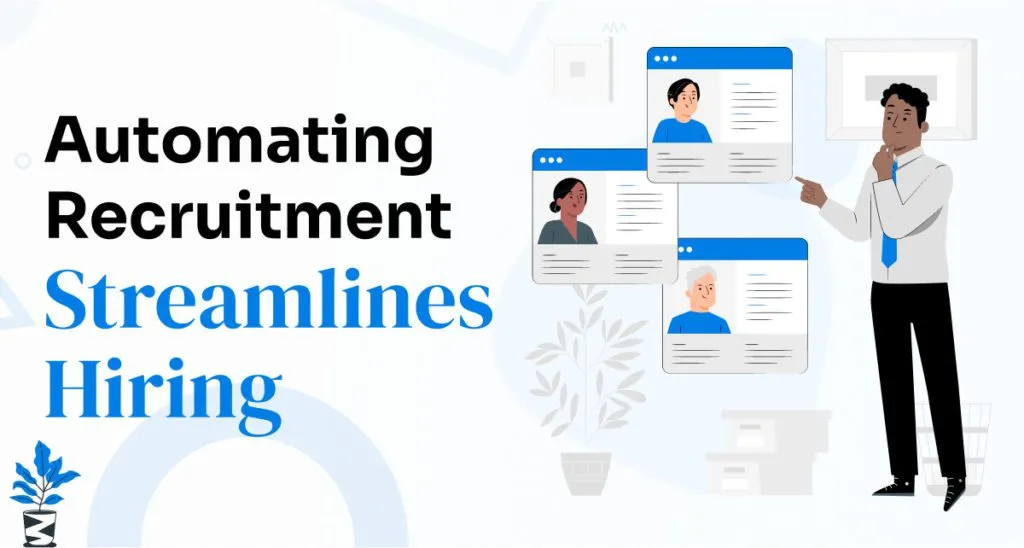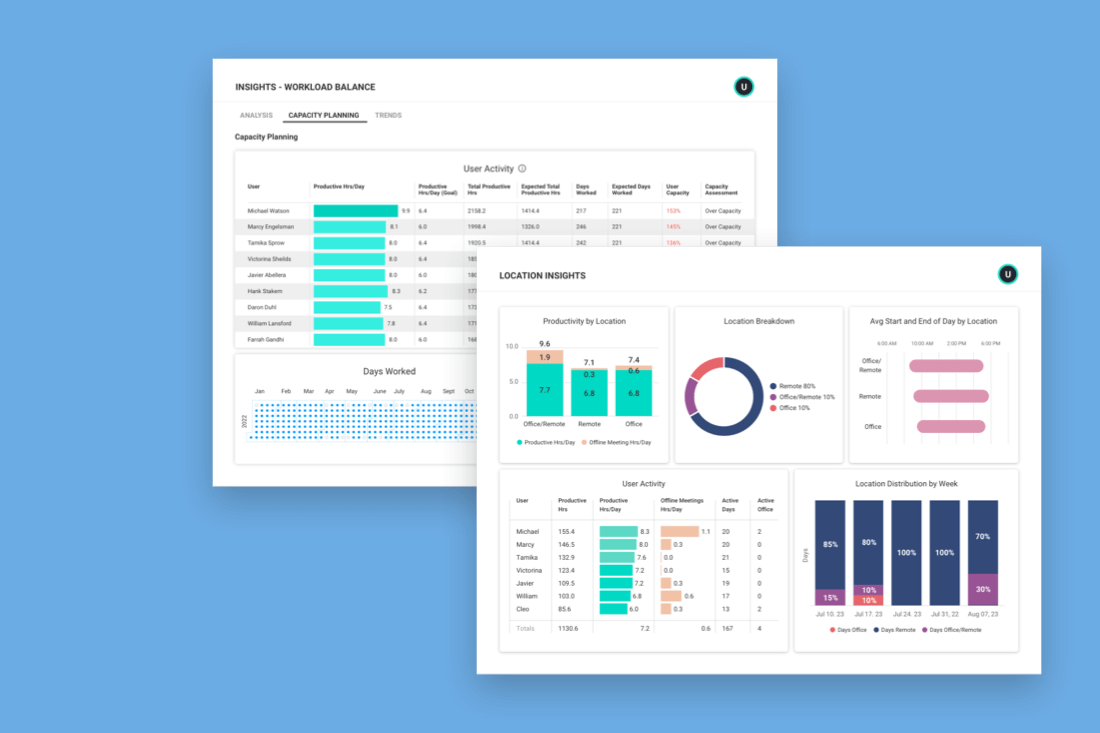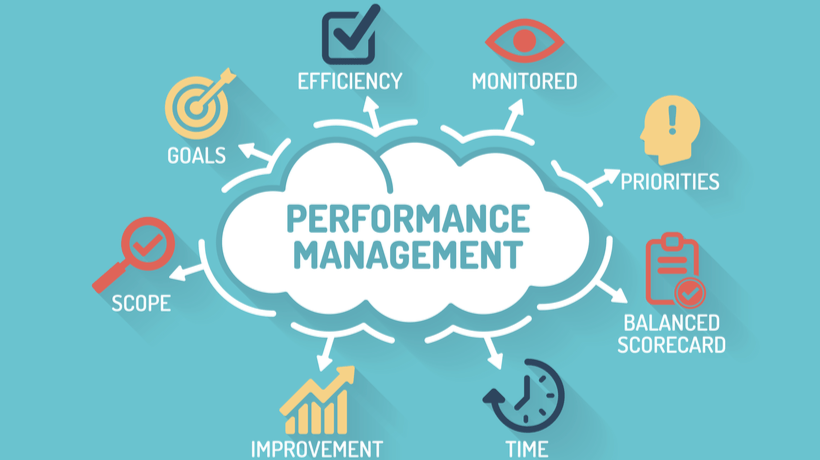Cloud adoption is rapidly growing, yet many organizations still make critical mistakes when handling their cloud data protection strategies. These errors increase exposure to cyberattacks, data loss, and compliance violations—especially in environments like Microsoft Azure, where proper configuration is crucial.
As a leading IT solutions provider since 2013, Singleclick supports organizations across the Middle East and GCC in securing cloud infrastructures, modernizing systems, and implementing advanced cybersecurity frameworks. In this article, we explore the most common mistakes in cloud data protection and how to avoid them using global best practices, including Azure cloud security best practices.
If you want a complete guide on cloud security frameworks, encryption, and governance, don’t miss our full resource here:
👉 Cloud Security and Information Protection — A Complete Guide for Modern Businesses
Why Cloud Data Protection Matters More Than Ever
Today’s businesses rely heavily on cloud applications, distributed teams, and multi-region workloads. This shift increases the risk of:
- Unauthorized access
- Misconfiguration attacks
- Insider threats
- Data corruption or accidental deletion
- Ransomware and malware
- Regulatory non-compliance
Poor cloud data protection does not only cause downtime—it impacts reputation, financial stability, and long-term operational continuity.
The Most Common Mistakes in Cloud Data Protection
Below are the top mistakes organizations make when securing their cloud environments—especially in platforms like Azure, AWS, and Google Cloud.
1. Relying on Default Security Settings
Many businesses assume that the cloud provider’s default configurations are secure enough. In reality, defaults are meant to be flexible, not protective.
What goes wrong:
- Open ports remain exposed
- Default permissions are too broad
- Encryption is not always enabled
- Logging is disabled or incomplete
How to fix it:
- Enforce Zero Trust access
- Enable encryption for data at rest and in transit
- Use Azure Policy to enforce security baselines
2. Weak Identity and Access Management (IAM)
Human error is still the number-one cause of cloud breaches. Weak IAM exposes systems to credential theft and unauthorized access.
Common IAM mistakes:
- Using shared accounts
- Allowing unrestricted admin privileges
- Not enabling Multi-Factor Authentication (MFA)
- Poor key and password rotation
Best practices:
- Implement Role-Based Access Control (RBAC)
- Enforce conditional access policies in Azure
- Enable passwordless authentication where possible
3. Misconfigured Storage and Databases
Misconfiguration is one of the leading causes of cloud data leaks.
Typical issues:
- Publicly exposed storage buckets
- Databases without encryption
- Incorrect network access rules
Recommended Azure practices:
- Use Azure Storage Firewall
- Apply private endpoints for storage and SQL
- Enable immutable backups for critical workloads
4. Not Backing Up Data Properly
Relying solely on cloud sync is not enough. Backups must be isolated, automated, and version-controlled.
What companies forget:
- Testing restore procedures
- Creating geo-redundant backups
- Using immutable backup storage to counter ransomware
Azure best practice:
- Use Azure Backup Vault with multi-region replication
5. Ignoring Logging and Monitoring
Without proper monitoring, attacks remain invisible until damage is done.
Frequent logging errors:
- Not enabling audit logs
- No real-time alerting
- Limited visibility across multi-cloud workloads
Azure recommendation:
- Enable Microsoft Defender for Cloud
- Use Azure Monitor + Log Analytics Workspace
- Activate automated incident response
6. Poor Data Governance and Compliance Management
Many organizations fail to classify, audit, and control their data effectively.
Risks include:
- GDPR and HIPAA violations
- Data retention issues
- Untracked data movement
How to improve:
- Use automated classification tools
- Apply retention labels and sensitivity labels
- Define compliance policies based on industry standards
7. Lack of Employee Awareness and Training
Technology alone cannot protect cloud environments. People must understand how to use it securely.
Typical problems:
- Employees sharing files insecurely
- Misuse of storage accounts
- Falling for phishing attacks
Solutions:
- Regular security awareness training
- Zero Trust onboarding
- Access-limiting measures
Azure Cloud Security Best Practices Every Business Should Follow
To reduce risks and achieve enterprise-level cloud protection, organizations should implement the following Azure best practices:
1. Enforce Zero Trust Architecture
Always verify identity, device, and context before granting access.
2. Use Identity Protection and Conditional Access
Block risky sign-ins automatically.
3. Apply Multi-Layer Network Security
Use Azure Firewall, NSGs, and Private Links.
4. Implement Encryption Everywhere
AES-256 encryption for storage, TLS 1.2+ for transit.
5. Protect Workloads with Microsoft Defender for Cloud
Real-time threat intelligence + automated mitigation.
6. Back Up and Replicate Data Securely
Enable automated vault backups and replication.
7. Monitor Everything
Use Azure Sentinel, Log Analytics, and activity logs.
How Singleclick Helps Businesses Strengthen Cloud Security
Since 2013, Singleclick has delivered end-to-end cloud and cybersecurity solutions across the Arab world and GCC, supporting:
✔ Software development
Custom ERP, CRM, and low-code apps.
✔ Enterprise network engineering
Design, implementation, and maintenance.
✔ Cybersecurity and cloud protection
Advanced threat detection, penetration testing, and cloud hardening.
✔ Hosting and Cloud Native solutions
Secure deployment of web apps and enterprise workloads.
✔ 24/7 technical support
Continuous monitoring and incident response.
📞 Egypt: +2 010 259 99225
📞 UAE: +971 42 475421
📞 KSA: +966 58 1106563
🌐 Website: https://singleclic.com/
Conclusion
Avoiding common cloud data protection mistakes is essential for safeguarding business operations in an increasingly digital world. By implementing Azure cloud security best practices—and working with a trusted IT partner like Singleclick—organizations can ensure stronger defenses, greater resilience, and long-term operational continuity.









